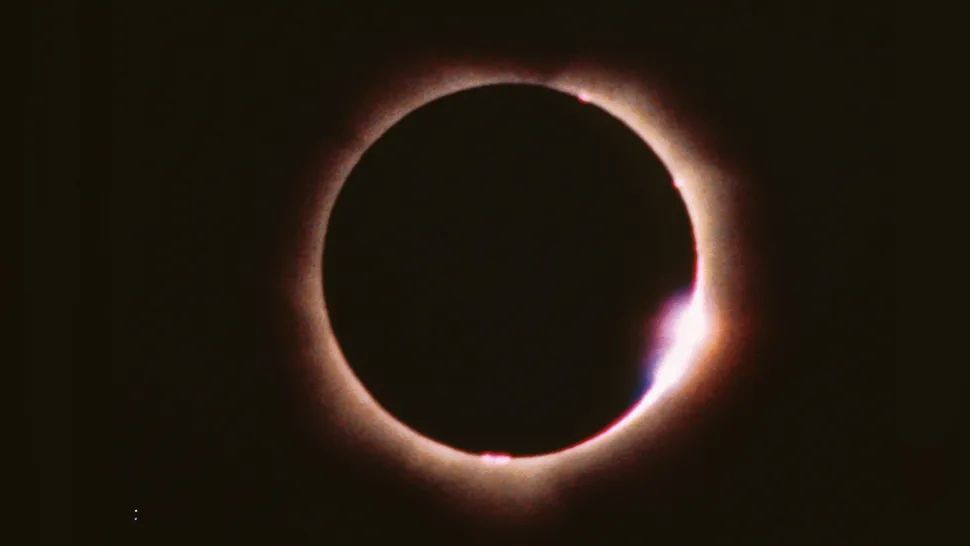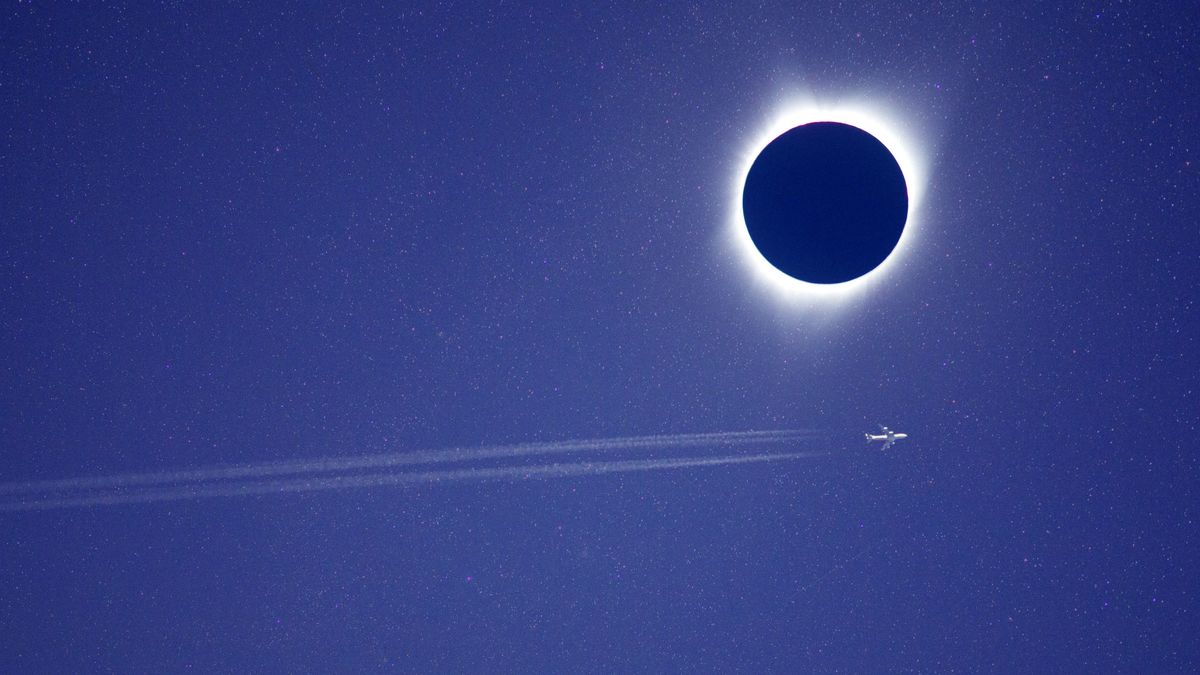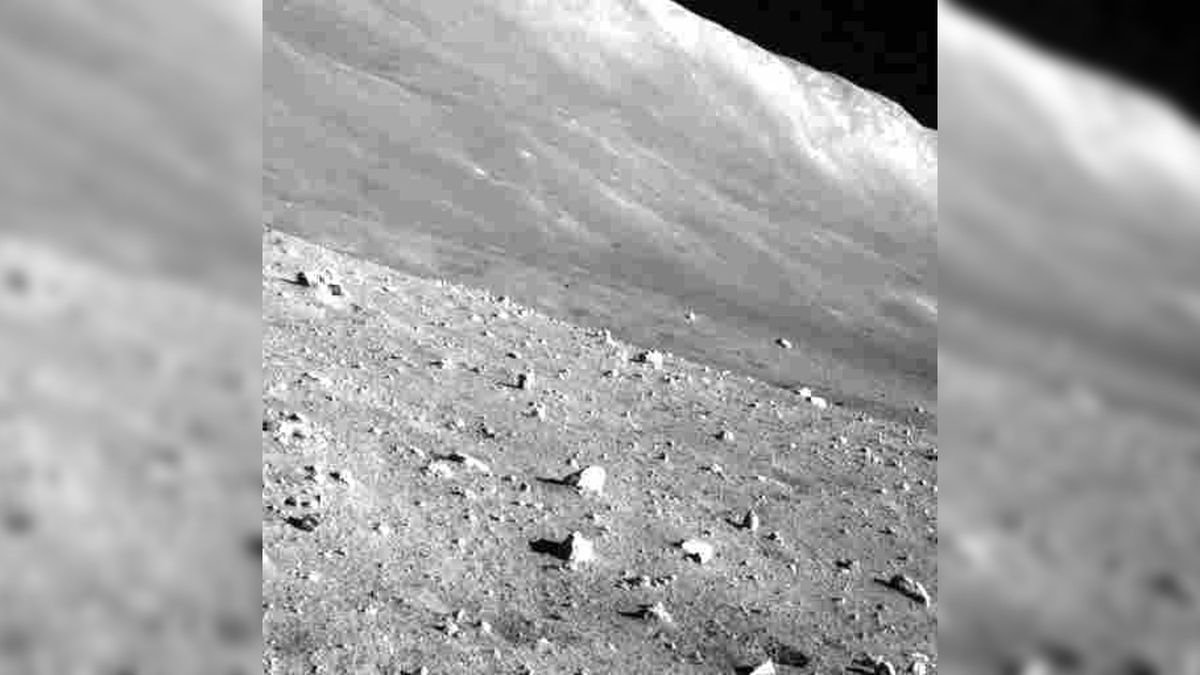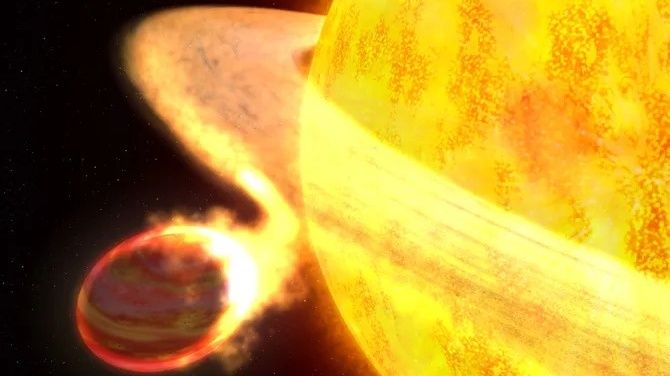The Unique Phenomenon of the Total Solar Eclipse
When the moon’s central shadow races at speeds surpassing 1,500 mph (2,400 km/h) across North America during an upcoming total solar eclipse on April 8, a truly remarkable spectacle will unfold. This path of totality, defined as the moon’s dark shadow traversing the Earth’s surface, will be remarkably narrow, spanning only 115 miles (185 kilometers) in width. Crossing various regions in Mexico, the United States, and Canada, this never-before-seen route will last approximately 100 minutes, offering a fleeting yet unforgettable experience for viewers. It is within this exclusive path that observers will witness an unusual phenomenon of darkness enveloping the daytime, accompanied by a drop in temperatures and altered behavior in nocturnal animals. Moreover, this path of totality presents a rare opportunity to gaze upon the mesmerizing beauty of the totally eclipsed sun’s corona, an experience only safe during the period of totality with the use of certified solar eclipse glasses.
For the estimated 40 million residents residing within the path of totality, this event may mark a once-in-a-lifetime occurrence. However, it is crucial to recognize that solar eclipses are the outcome of an intricate long-term cycle that operates on vast timescales exceeding the duration of a human lifespan.
The Concept of Saros and its Impact
All solar eclipses are part of a broader series known as Saros. At intervals of 223 lunations, equivalent to the moon orbiting the Earth, a nearly identical moon shadow aligns with the Earth’s surface to induce an eclipse. This interval translates to 6,585.3 days or precisely 18 years, 11 days, 8 hours, as confirmed by NASA.
Crucially, this specific duration of eight hours plays a pivotal role, ensuring that a trio of consecutive solar eclipses within the same Saros are spaced approximately one-third of the planet away from each other. Consequently, the total solar eclipse slated for April 8 is attributed to Saros 139, which previously orchestrated a striking total solar eclipse over Africa 18 years, 11 days, 8 hours earlier, precisely on March 29, 2006. Similarly, exactly 18 years, 11 days, and 8 hours post-April 8, 2024, a parallel Saros will generate a total solar eclipse in Asia on April 20, 2042.
Saros 139, marking a cluster of eclipses, recurs every 54 years across North America, presenting a predictable astronomical pattern witnessed across the continent. As such, the recurrence of paths of totality emerges approximately every fourth repetition, a period articulated explicitly as 669 lunations or 54 years and 33 days, termed as the exeligmos.
The Cyclical Nature of Solar Eclipses
Evidently, the identical celestial mechanics underpinning the forthcoming total solar eclipse on April 8 orchestrated a comparable solar eclipse across North America on March 7, 1970, albeit slightly eastward, enveloping regions within Mexico, the U.S. (comprising Florida, Georgia, South Carolina, North Carolina, and Massachusetts), and Canada (encompassing Nova Scotia and Newfoundland). Following the April event, the subsequent solar eclipse in North America is anticipated on May 11, 2078, encompassing Mexico and several U.S. states (Louisiana, Mississippi, Alabama, Florida, Georgia, South Carolina, North Carolina, and Virginia).
While Saros patterns endure, they inevitably fluctuate over centuries, ultimately veering off into the boundless expanse of space. Saros 139 has been the orchestrator of solar eclipses since the year 1501 and is projected to persist until 2763. A climactic pinnacle of this series is anticipated on July 16, 2186, where an extraordinary totality lasting 7 minutes and 29 seconds will transpire—a historic event denoting the lengthiest total eclipse in 10,000 years, with enduring implications extending until the year 6000.
Image/Photo credit: source url





